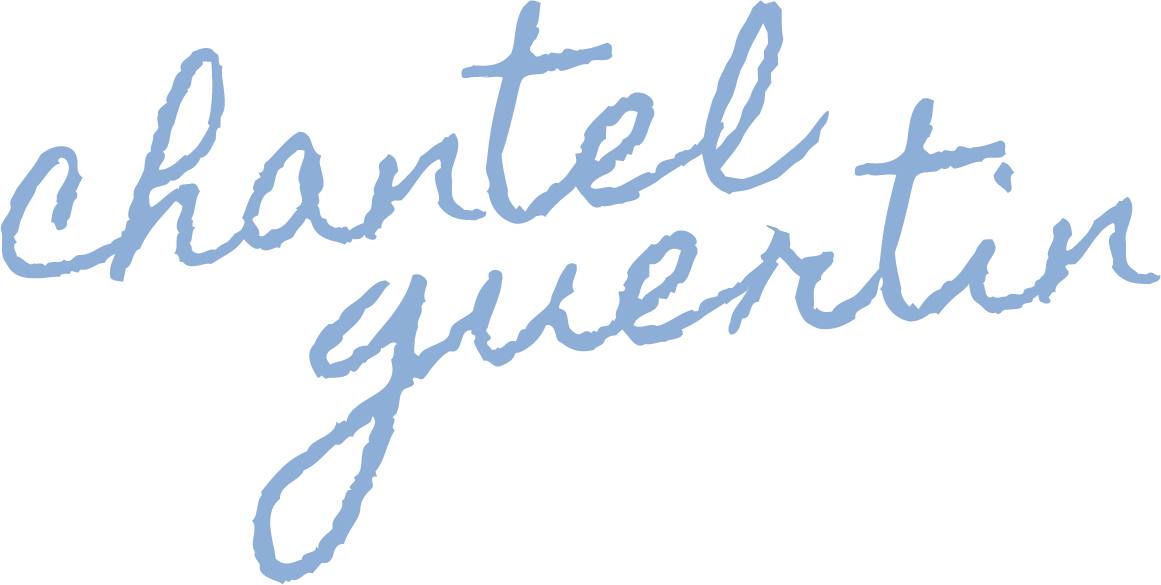Write what you know
This article originally appeared in The National Post.
The best-known writing advice—what jumps to mind if you’ve ever sat down to pen a novel—is “write what you know.” Good advice? Yes! Bad advice? Yes! It all depends. Say you create a main character who’s a rocket scientist but you can never remember whether or not NASA is related to the Club Med you went to in the Bahamas when you were a kid. Creating an authentic character could be a challenge. Would it be better to model your hero after your own favourite pastime—like watching Keeping up with the Kardashians reruns? Maybe. Maybe not. Maybe your main guy ends up being an aspiring rocket scientist who’s addicted to reality TV.
Combining what you do know and what you don’t is what I ended up doing in my debut novel, Stuck in Downward Dog. The story centres on Mara, a 25-year-old woman who’s stuck in a rut and trying to balance the two competing aspects of her life: the world of plastic surgery and the all-natural, patchouli–oil infused world of yoga.
I wrote Stuck in Downward Dog while I was the publisher and editor-in-chief of a cosmetic enhancement magazine called Elevate. So I took what I knew about the world of breast enhancement and tummy tucks and applied it to a fictional setting, making my heroine a receptionist at a plastic surgery clinic. But then I also wrote about yoga—something it turned out I knew very little about.
I thought I knew a lot about yoga. I was one of the most diligent students in Eion Finn’s Power Yoga class—the one held every morning at 7 am in the living room of my condo when I popped his DVD in the player and unrolled my mat beside the coffee table. But while editing my book my editor asked if I’d actually been to a yoga studio. She hadn’t and wanted to make sure the details were accurate. I hadn’t either. So were the scenes where Mara goes to yoga authentic? No clue. In my living room, I tended to spend the 45-minute video balancing a few downward dogs with multiple breaks for water and to pet my cat, Mr. Baz, as he strolled by en route to his food dish.
So to make sure my yoga scenes were authentic, I started hauling my Lululemon-clad butt to a real live hot yoga class twice a week. The classes turned out to provide a wealth of material. Take what happened in my first class—45 minutes in, the instructor told us to lay down in savasana, or corpse pose. “Yessss!” I thought to myself as I collapsed, exhausted, on my mat. “I thought the class would never end, but I made it!” Except then the instructor said, “And now we move on to the floor poses.” Turns out we’d only reached the halfway point. Coincidentally, the same thing ends up happening to Mara when she’s a newbie yoga-goer in the book.
The experience taught me the value of research. So for my most recent novel, The Rule of Thirds, I realized I had some work to do. My heroine, Pippa, is a photographer. Which means if she knows the difference between an F-Stop and Photoshop, I’d have to too. I needed to do some research. I bought myself a Canon Rebel DSLR as a birthday gift. I took a course at Henry’s, the camera store. And I hired a photographer to coach me one-on-one. And for months I took my camera with me everywhere I went. It was a lot of fun, and by spending so much time taking pictures, I gained a new hobby, and made my heroine more authentic.
Then there was the stuff I already knew about. Pippa’s dad dies of cancer, similar to the way my mom did when I was 19. It was the last thing I wanted to write about, which somehow made it the most important thing to write about. And I’ll talk about that on Tuesday.

